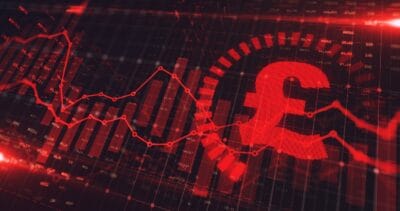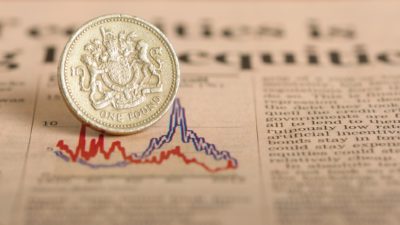 Few insurers have done as well for their shareholders as Aviva (LSE: AV) (NYSE: AV.US) recently, with its share price up more than 50% over the past 12 months to 513p.
Few insurers have done as well for their shareholders as Aviva (LSE: AV) (NYSE: AV.US) recently, with its share price up more than 50% over the past 12 months to 513p.
What lies behind it?
The crunch
After several years of declining earnings per share (EPS) during the recession, Aviva’s dividend became overstretched and just had to be slashed. But since then, earnings have started to turn up again and the annual cash payout is set to resume growth from its new rebased level.
If forecasts out as far as 2017 are to be believed (and they are obviously pretty tentative at this stage), Aviva should have a few more healthy years ahead of it.
Despite the share price gain, forecasts for the year ending December 2014 still put the shares on a P/E of 11. That’s below the FTSE’s long-term average of 14, and many will see it as cheap.
Bullishness returning
So what might a fair value be by the end of 2017?
The City’s current guesswork suggests we could be seeing EPS as high as 62p for the year ending December 2017 — nearly treble the 22p the company reported in 2013.
Based on that average P/E of 14, which I think is a fair target for Aviva in that timescale, we’d expect a share price of 868p — an impressive gain of 63%.
And then we come to those resurgent dividends. From a low of 15p per share in 2013, we could be back to 25p by 2017. That would provide another 82p in cash between now and then to add to the pot, taking our grand total up to 950p.
The percentage gain? 85%! And it would be more if you reinvest dividends in new shares each year.
Will it happen?
Are these bullish forecasts at all realistic?
Well, in the firm’s 2013 annual results, chief executive Mark Wilson told us that “the turnaround at Aviva is intensifying […] Cash flows to the Group are up 40%, operating expenses are down 7%, operating profit is up 6% and Value of New Business is up 13%”.
And at first-quarter time this year, he described Aviva’s performance as “reassuringly calm and stable, in marked contrast to the weather and regulatory developments”, going on to say “The value of new business increased by 13% – the sixth consecutive quarter of year-on-year growth – and our book value grew by 6%”.
You know, the analysts might just be right…







